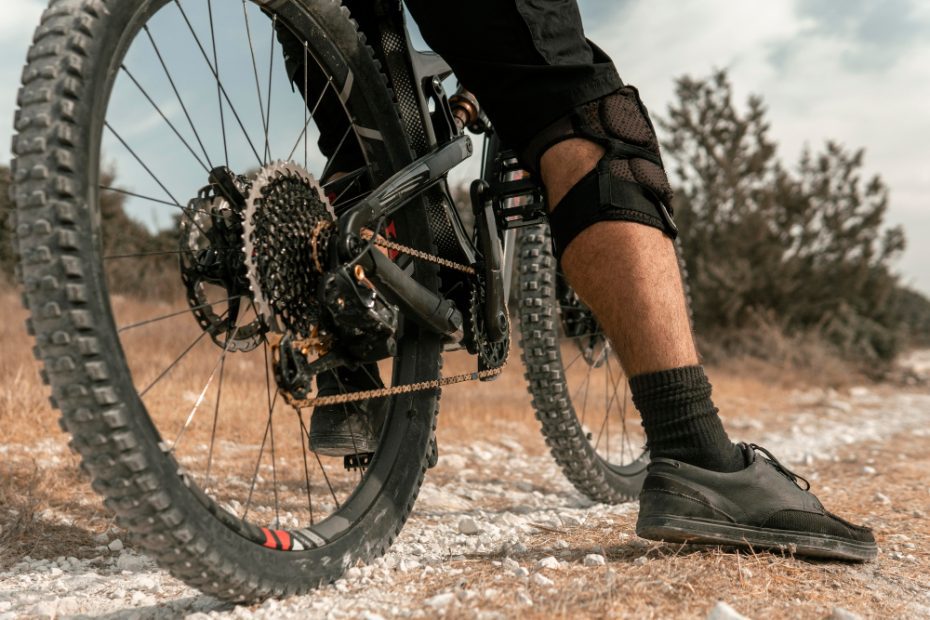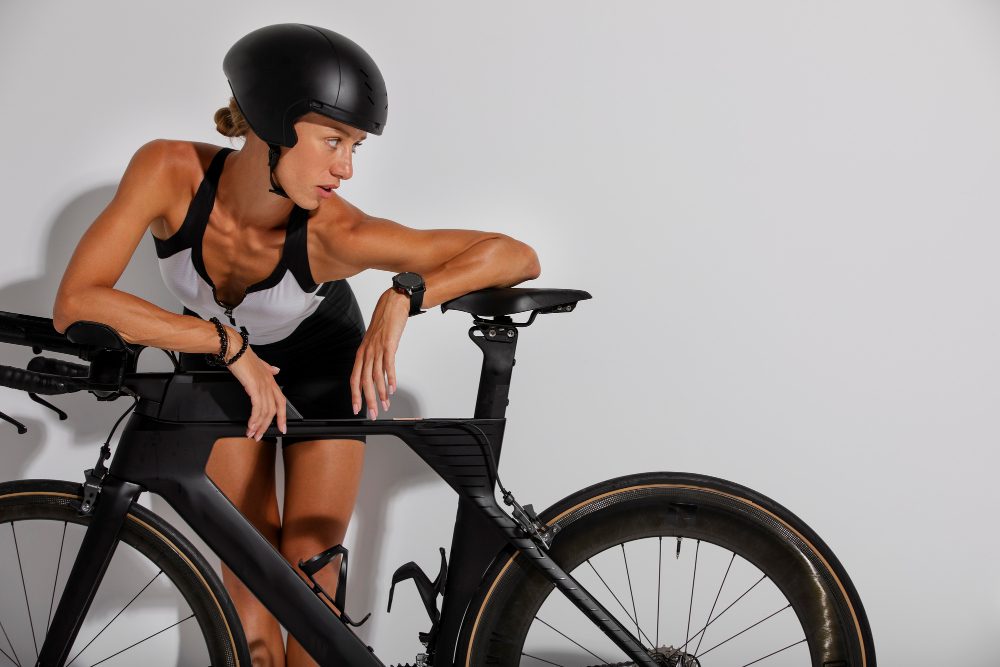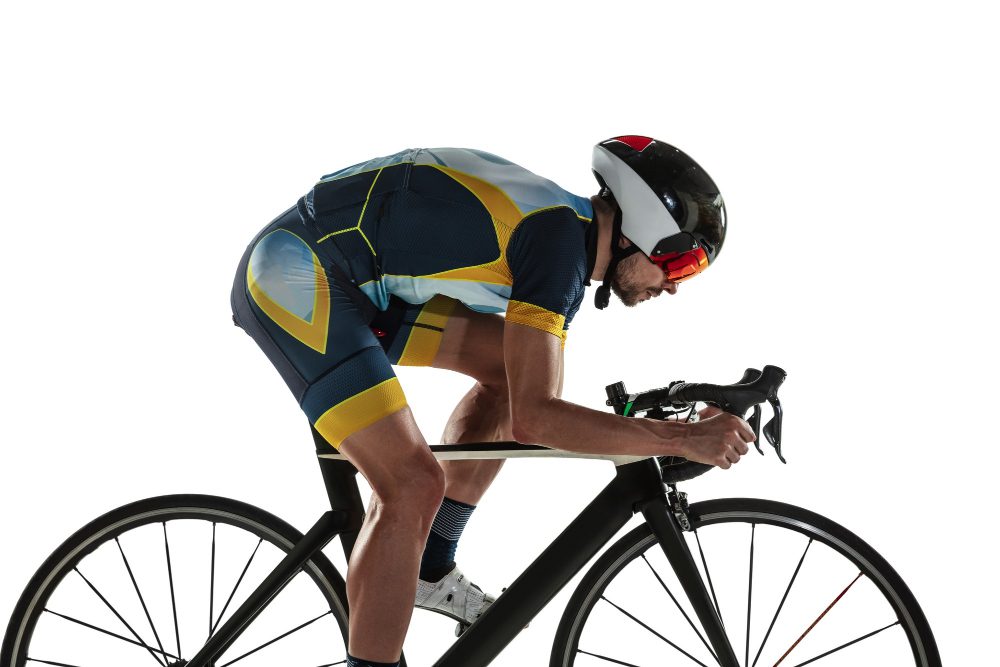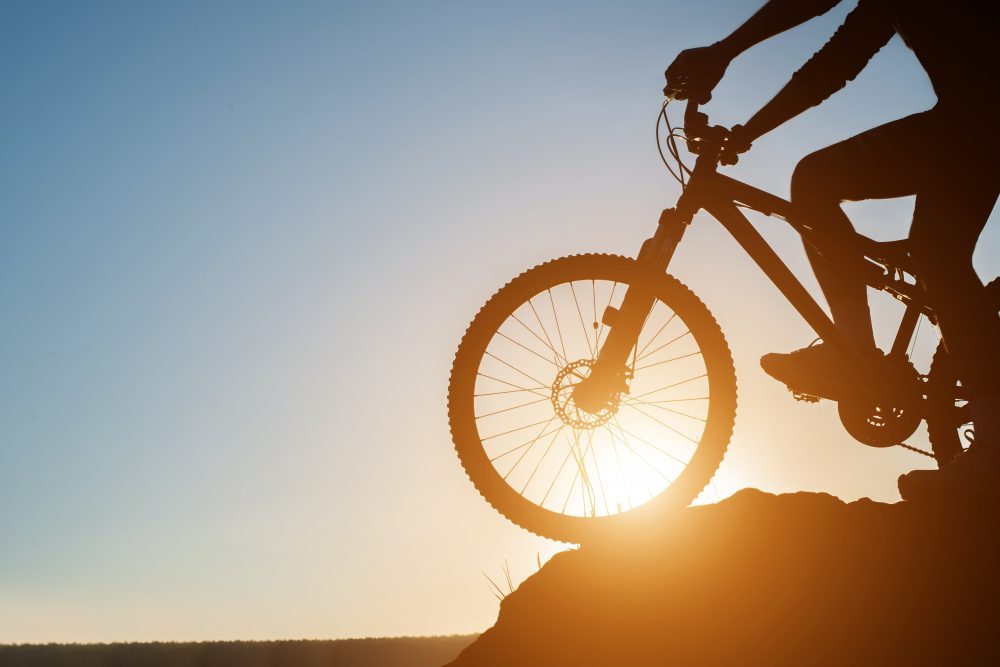Is a Tri Bike More Comfortable Than a Road Bike?
When it comes to choosing a bike for endurance events such as triathlons, one of the most common questions is whether a triathlon bike (tri bike) is more comfortable than a traditional road bike. While there is no definitive answer that applies to everyone, several factors come into play when considering comfort levels on these two types of bikes.
Comfort Considerations
Comfort on a bike can be subjective and varies from person to person. Some riders might find a tri bike more comfortable due to its specific design features, while others may prefer the familiar feel of a road bike. Here are some factors to consider:
Geometry
The geometry of a bike plays a significant role in determining comfort. Tri bikes are designed with a more aggressive geometry that puts the rider in a more aerodynamic position. This positioning can be uncomfortable for some individuals, particularly those with limited flexibility or back issues. On the other hand, road bikes typically have a more relaxed geometry, allowing for a more upright riding position that some riders find more comfortable, especially during longer rides.
Saddle Design
The design of the saddle, or bike seat, can greatly affect comfort. Tri bikes often have specialized saddles that are narrower and have less padding than road bike saddles. This design is aimed at reducing friction and improving aerodynamics but may lead to discomfort, especially if you tend to spend long hours on the bike. Road bikes, on the other hand, commonly feature wider and more cushioned saddles that provide additional support and comfort.
Handlebar Options
The handlebars on a bike can significantly impact comfort levels. Tri bikes typically feature aero bars, which allow the rider to adopt a more streamlined position by resting their forearms on the bars. While this can provide better aerodynamics for some individuals, it may also put additional strain on the neck, shoulders, and wrists. Road bikes typically have drop handlebars, which offer multiple hand positions and allow for a more relaxed riding posture.
Types of Terrain
The type of terrain you plan to ride on should also be considered when choosing a bike. Tri bikes are often favored on flat courses and time trials, where aerodynamics play a vital role. On the other hand, road bikes are more versatile and suitable for various terrains, including hills and uneven surfaces, which can contribute to a more comfortable ride.
Comfort on a bike is a personal preference that depends on factors such as body type, flexibility, and the type of cycling you will be doing,” says cycling expert John Smith.
Why are triathlon bikes uncomfortable?
Introduction
Triathlon bikes, also known as time trial bikes, are specifically designed for the unique demands of triathlon races. While they offer impressive aerodynamics and speed advantages, they are notorious for their uncomfortable riding position. This article explores the reasons behind the discomfort experienced by triathletes when riding these specialized bikes.
The Aggressive Geometry
One of the main factors contributing to the discomfort is the aggressive geometry of triathlon bikes. The frame geometry positions the rider in a more forward-leaning position, with a steep seat tube angle and elongated top tube. This aerodynamic position puts more strain on the rider’s neck, shoulders, and lower back, leading to discomfort during longer rides.
Narrow Saddles
Triathlon bikes often come equipped with narrow saddles that prioritize aerodynamics over comfort. These saddles are designed to reduce friction and allow for unrestricted movement of the legs during the cycling portion of a triathlon. However, their minimal padding and narrow profile can cause discomfort, especially for riders not accustomed to this type of saddle.
Stiff Frames and Harsh Vibrations
Triathlon bikes typically have stiffer frames compared to road bikes, which can transmit more vibrations from the road surface to the rider. This can result in a harsher ride, causing discomfort and fatigue, particularly when cycling on rough or uneven surfaces. The pursuit of stiffness for better power transfer compromises the bike’s ability to absorb road vibrations.
Limited Adjustability
Triathlon bikes often have limited adjustability compared to road bikes. The focus on aerodynamics means that there are fewer options for adjusting the bike fit to suit individual riders’ preferences and body proportions. This lack of customization can lead to discomfort if the bike’s geometry does not align well with the rider’s body.
Quotes
“Triathlon bikes are like Formula 1 cars – they prioritize speed over comfort.” – Triathlete Magazine
How can I make my tri bike more comfortable?
While a tri bike is designed to be fast and efficient for triathlons, it may not always provide the same level of comfort as a road bike. However, there are several adjustments and accessories you can consider to make your tri bike more comfortable:
1. Bike Fit
A proper bike fit is crucial for both comfort and performance. Consider visiting a professional bike fitter who can adjust your bike’s geometry to suit your body type and riding style.
2. Saddle
The saddle is one of the most important components affecting comfort. Experiment with different saddles that provide a balance between support and cushioning. Gel or foam padding can also help alleviate pressure points.
3. Aerobar Position
The position of your aerobars can greatly affect your comfort on a tri bike. Adjust the aerobar height, width, and angle to find the optimal position that minimizes strain on your neck, shoulders, and wrists.
4. Handlebar Tape
Invest in high-quality handlebar tape that provides cushioning and absorbs road vibrations. The right tape can significantly improve comfort during long rides.
5. Triathlon-specific Clothing
Wearing triathlon-specific clothing can enhance your comfort on a tri bike. Look for cycling shorts with a built-in chamois and triathlon tops with moisture-wicking properties to stay dry and reduce friction.
6. Suspension Seatpost
If your tri bike allows it, consider upgrading to a suspension seatpost. This can provide additional shock absorption, especially when riding on rough roads or uneven surfaces.
7. Aerodynamic Positioning
While aerodynamics is important for speed, finding the right balance between aerodynamics and comfort is crucial. Experiment with your position on the bike to reduce drag while still maintaining a comfortable riding posture.
8. Padding and Cushioning
Add padding or cushioning to areas that experience contact or pressure, such as the armrests, aerobars, or even the handlebars. This can help alleviate discomfort during longer rides.
9. Regular Breaks and Stretching
During long rides, take regular breaks to stretch and change positions. Incorporate stretching exercises that target muscles that may become tight or strained while riding in the triathlon position.
10. Bike Maintenance
Ensure that your tri bike is well-maintained. Regularly clean and lubricate the chain, check tire pressure, and keep the bike in proper working order. A smooth and well-functioning bike will contribute to a more comfortable riding experience.
In conclusion, while a tri bike may not offer the same level of comfort as a road bike, there are various adjustments and accessories that can significantly enhance your comfort. Experiment with different options and seek professional advice to find the best setup that works for you and your riding style.
Conclusion
While triathlon bikes offer significant performance advantages in terms of aerodynamics and speed, they come at the cost of comfort. The aggressive geometry, narrow saddles, stiff frames, limited adjustability, and intense vibrations make them uncomfortable for many riders. However, it’s important to note that experienced triathletes and those who spend sufficient time adapting to the bike can minimize discomfort and reap the benefits of these specialized machines.



